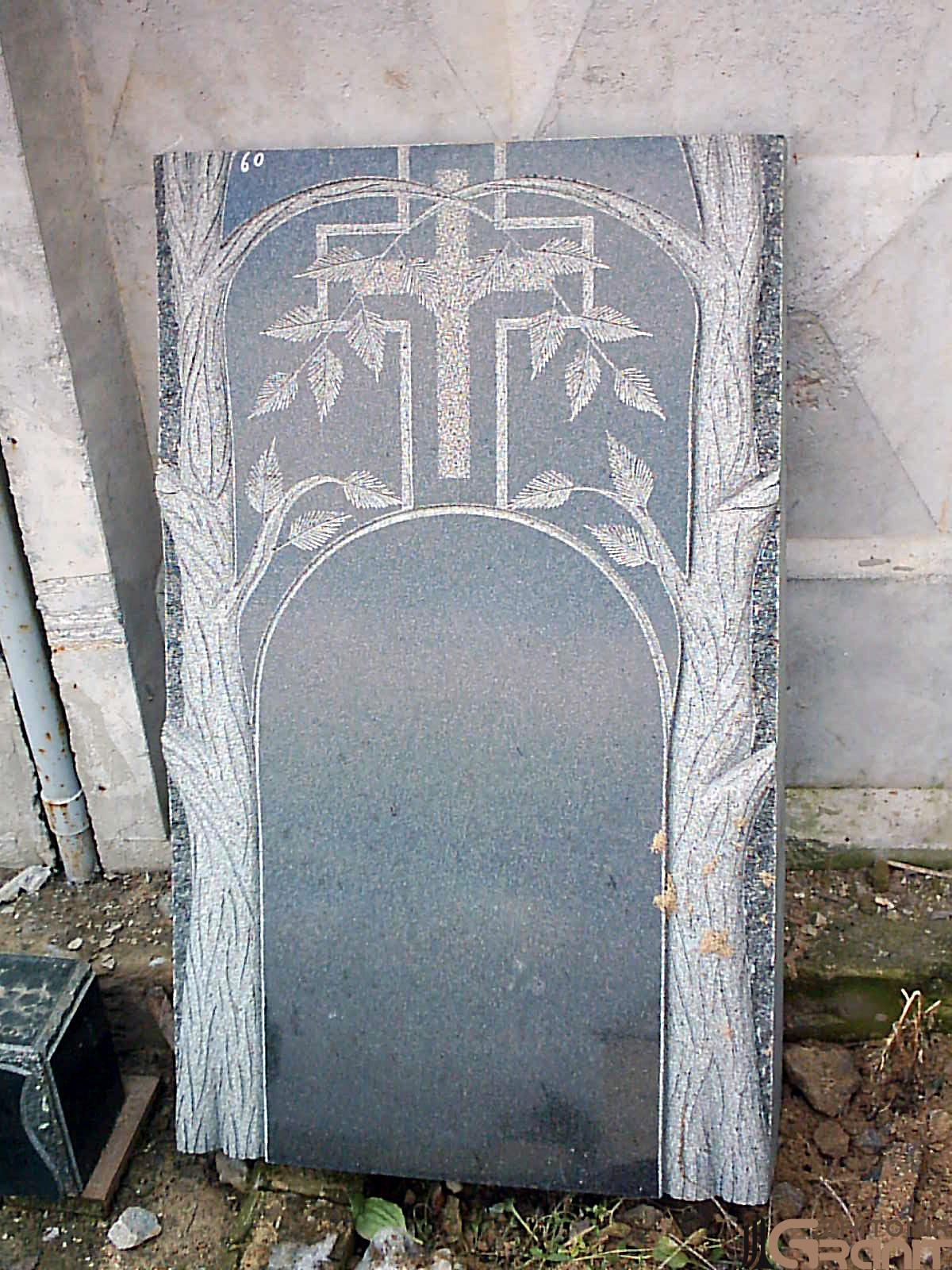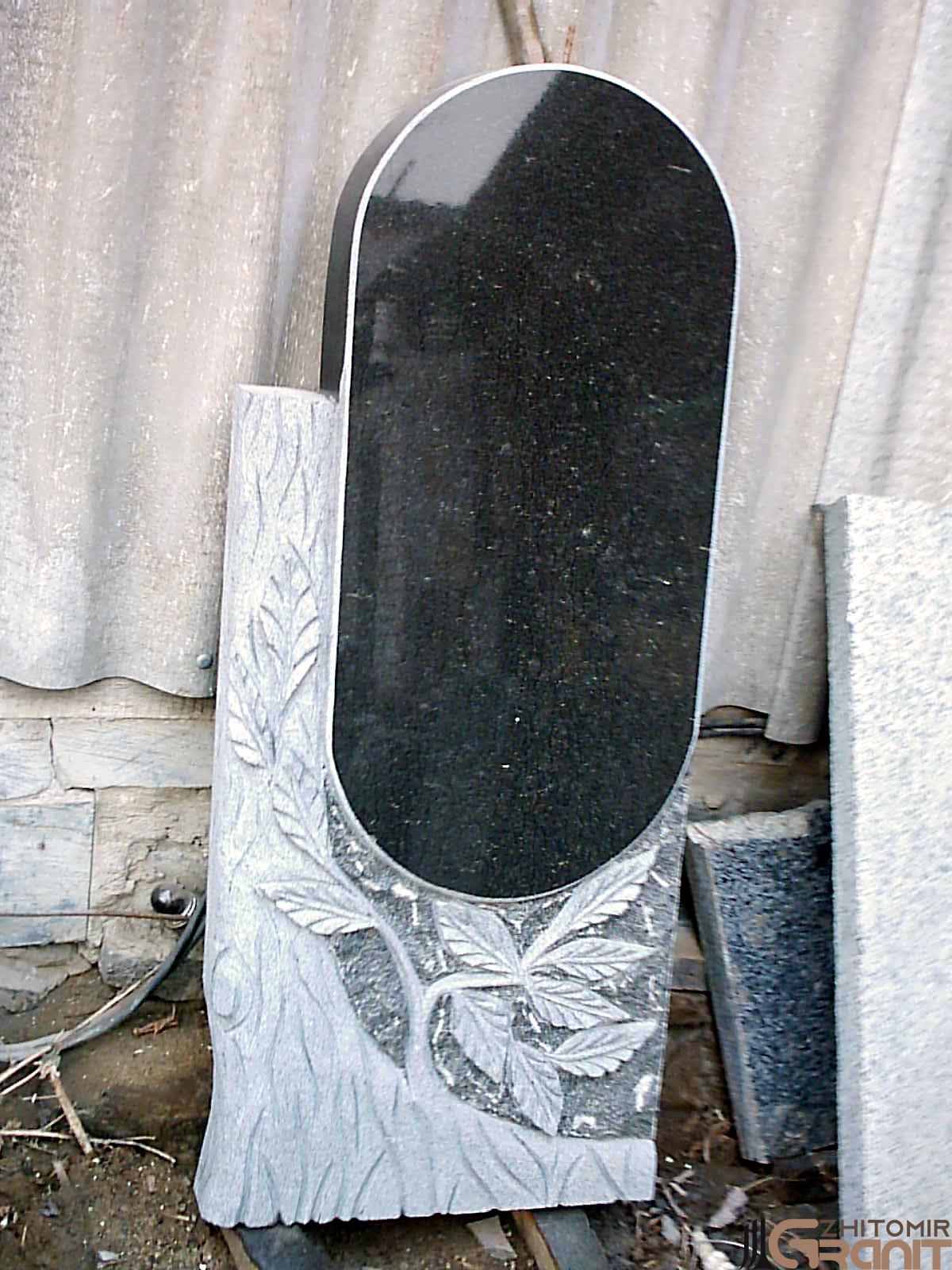Articles
Applying gold leaf to stone

History and features of gilding
Gilding is an ancient art of decoration that originated in the East and probably India. This technique, which involves applying a thin layer of gold, was used to decorate furniture, church domes, artwork and even cooking. Over time, gilding spread to Europe and became a symbol of wealth, elegance and sophistication.
The gold is applied to the stone using:
- Gold leaf - thin sheets of gold, a few microns thick, created by manually or automatically forging the metal.
- Potali - a cheaper material that imitates gold. Potal is made from metal alloys and has a similar appearance, but it tarnishes over time and requires restoration.
Advantages of gold leaf
- Durability - real gold does not oxidise and retains its lustre even after decades.
- Resistance to external influences - The gilding can withstand rain, frost and direct sunlight.
- Aesthetics - gold leaf adds sophistication and richness to the surface.
Gold leaf application process
Applying gold leaf to stone is a complex multi-step process that requires careful preparation and high skill. The main stages:
- Surface preparation
- Cleaning, polishing and surface treatment with special adhesives.
- Applying a layer of special varnish to fix gold leaf.
- Drying the varnish until it becomes tacky but not yet cured.
- Application of gold leaf
- The wizard uses lampshade (a soft fur brush) to apply thin sheets of gold leaf.
- The sheets are applied with a minimum overlap (1-2 mm).
- Press the plates to the surface with cotton swabs to avoid tears and creases.
- Polishing and finishing
- Careful smoothing of the surface to achieve a uniform appearance.
- Removal of excess gold and recoating of gaps, if any.
- Final polishing for a shiny finish.
Tools for gilding
Working with gold leaf requires special tools, including:
- Lampensel - a brush made from the hair of a squirrel or other animal, which allows you to gently apply gold.
- Pillow - for cutting gold sheets into convenient pieces.
- Sous vide knife - a special tool for precise cutting of gold.
- Varnishes and mixtures - ensure reliable fixation of gold on the stone.
Types of gilded surfaces
Gilding can be applied to various elements on the stone:
- Engraving - letters, patterns and other decorative elements.
- Three-dimensional details - icons, crucifixes, sculptures.
- Surfaces in different colours - gilding looks equally impressive on black, coloured granite and marble.
The secrets of mastery
Each craftsman has his own method of applying gold leaf, which allows him to achieve the best results. Basic rules:
- Work with gold leaf is carried out in a well-lit and draught-proof room.
- The lacquer must have an optimal degree of tackiness before applying gold.
- The gold plates are applied carefully to avoid tears or creases.
Conclusion.
Applying gold leaf to stone is not only a way to decorate a surface, but also an art that requires patience, attention to detail and professional skill. The result is unique decorative elements that retain their beauty and elegance for decades.











